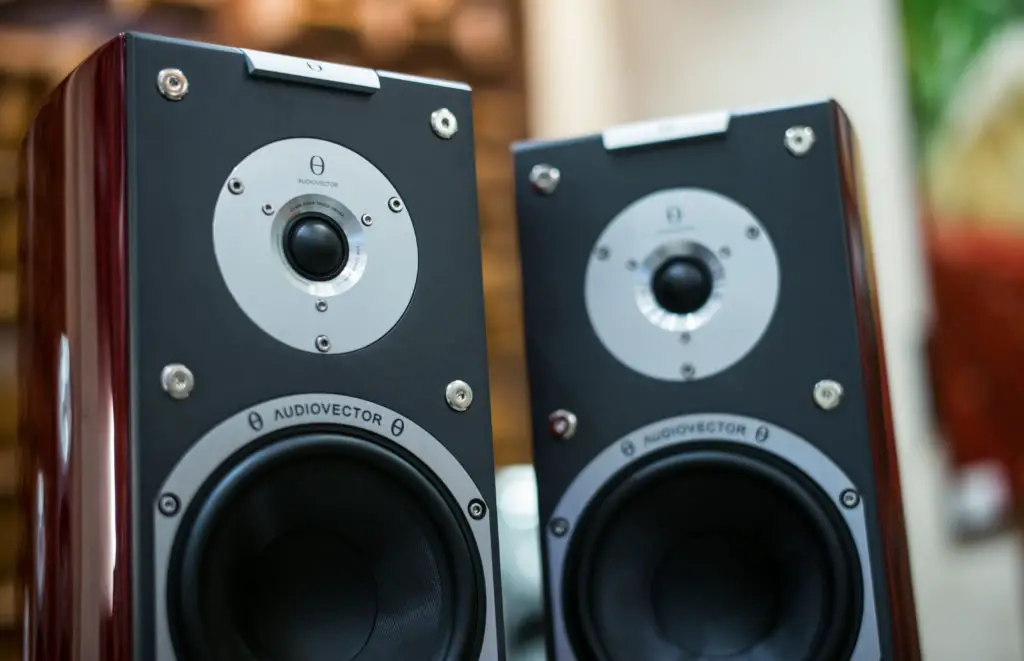Every speaker in a surround sound system serves its own purpose. If your left and right speakers sound different, then it could be because of many reasons, such as:
- A broken signal source
- A broken or loose wire between the speaker and amplifier
- Asymmetric positioning of the speakers
The left and right speakers may sound different on both mono and stereo system. However, the difference shouldn’t be excessive that it becomes obvious to the listener.
A small amount of volume discrepancy in the sensitivity settings is uncommon, but if one of the speakers sounds muddled, then it is best to get it checked.

Why Do Left And Right Speakers Sound Different?
The position of speakers plays a crucial role in the sound dispersion and its volume in a room or a zone. If the left and right speakers sound different in a room, here are some of the reasons why:
- Position of the speakers
The way your left and right speakers are positioned will determine the sound quality from both. Speakers should be placed at least 2-3 feet away from the walls.
The speakers placed close to a wall, such as a corner of the room, will experience more sound reflections and distortions, thus giving lesser sound quality.
If the speakers are not symmetrically aligned in the room, then one may experience more boundary-effect bass boost from one speaker.
The angle of the speakers will also determine how clear the audio is.
- Broken or bad RCA cable
The RCA or Radio Corporation of America cable carries the signal from the source to the output. The RCA cable is prone to wearing off fast if it is not of high quality.
A bad RCA cable affects the sound quality of the speakers.
- A glitch in the wiring
The wiring of the speakers must be correct and right. The positives and negatives of the speaker wiring should be connected to the right spot on the amplifier.
If the wiring is loose, broken, or old, then it may cause one of the speakers to be louder than the other.
- Incorrect setting of measurement microphone
It may be possible that your measurement microphone is capturing different levels of sound due to the difference in settings between the speakers. It may be doing so because it is in antinode with one and in node with the other.
How Do You Fix Left And Right Speakers That Sound Different?
Try the following steps to fix speakers that sound different:
- Swap positions
If the speakers sound different in terms of volume, then swap the positions. Try to adjust their positions, preferably equally away from the walls.
If one of the speakers has lower sound quality, then it may be because of the receiver. If the bad sound travels with the speaker even after swapping positions, then the problem is with the speaker.
However, if the bad sound comes from the position of the speakers, then the problem lies with the receiver.
Once you have identified the cause, it is better to immediately replace the speaker or the receiver.
- Swap channels
If you have done the above step and realized that both the speakers and cables are working fine, then the issue could be upstream.
By upstream, we mean that the problem lies in the audio interface or DAW interface, or in the monitor control. To identify this, you can try and swap channels to check where the issue is.
- Check the wiring and connections
The wiring of the speakers should be placed in the correct positions. Also, make sure that the connection between the speaker and the amplifier is tight and well-connected.
Any kind of wire placements or loose connections will cause a change in the sound quality between the speakers.
Conclusion
The positioning of speakers in a home audio system plays a key role in determining the sound quality of the system. The left and right speakers may not sound the same exactly but should synchronously work to deliver excellent sound quality.
Calibrating the speakers using pink noise helps in sound measurements of the speakers to identify any form of discrepancy. It is better to choose a band-limited pink noise instead of the full range to avoid issues with low-frequency room nodes.
